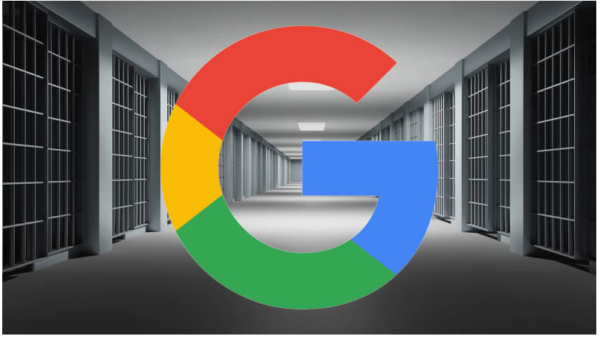Website performance plays a central role in the success of digital marketing efforts. Search engines prioritise fast, stable and responsive websites, especially when it comes to competitive commercial niches. Many businesses invest heavily in content and SEO, yet overlook the impact of server performance on visibility and user experience.
A slow-loading site leads to higher bounce rates and lost conversions. It also directly affects how search engines crawl, index and rank content. For businesses relying on organic reach, technical speed and uptime are not optional, they are fundamental requirements for maintaining visibility and engagement.
Load times influence SEO metrics directly
Search engines monitor how quickly a site loads and how users behave during their visit. Delays in page load times increase the likelihood of abandonment. Over time, this behaviour signals to search engines that the page may not meet user expectations, resulting in lower rankings.
Optimising site speed involves more than just reducing image sizes or enabling caching. It requires a backend that can handle spikes in traffic, execute server-side scripts efficiently and serve content consistently. Infrastructure and hosting choices have a measurable effect on these technical outcomes.
Stability supports consistent crawl behaviour
Search engines rely on uninterrupted access to your website. Downtime or inconsistent responses from the server limit how often content is crawled and updated in search indexes. For e-commerce or high-frequency content sites, this lag can result in missed traffic opportunities.
Stable hosting environments ensure that even during maintenance or high traffic periods, the site remains accessible and fast. Uptime guarantees, automatic recovery systems and high-performance hardware are key components in this consistency. They form the foundation of long-term visibility in competitive search results.
Security affects search trust and ranking signals
A secure website is a ranking factor. HTTPS is now a baseline requirement, but overall server security also influences indexing and trust signals. Compromised sites often experience a sharp decline in traffic after detection due to browser warnings and deindexing from search platforms.
Implementing server-side protections like firewalls, malware detection and automated patching systems improves not only security but also confidence in the website’s reliability. These measures contribute to lower risk, higher trust and better sustained visibility in organic listings.
Infrastructure determines real-world performance
A website’s front-end can only perform as well as its back-end allows. Hosting infrastructure must be scalable, maintainable and tailored to the platform in use. Platforms like Magento or Shopware demand high-performance servers to support extensions, dynamic content and simultaneous user sessions.
In this context, many developers and agencies choose Hypernode, a platform specifically optimised for high-demand applications. It offers performance tuning, security layering and deployment tools that reduce server load while increasing reliability, essential for businesses focused on measurable search performance.
Technical audits must include server configuration
SEO audits often review meta tags, links and content structure, but server configuration is equally relevant. Factors such as Time to First Byte (TTFB), connection time and resource prioritisation are directly tied to hosting quality. Regularly monitoring these metrics provides early insight into performance degradation.
Beyond raw numbers, analysing server logs and response headers reveals issues like redirect loops, caching conflicts and unstable resource delivery. Addressing these problems improves both user experience and crawlability, leading to better ranking stability and engagement metrics.
Speed, uptime and security fuel long-term SEO results
Search visibility depends on more than keywords and backlinks. The technical framework beneath the website defines how well the content can be accessed, trusted and recommended by search engines. Each decision made on the infrastructure level has downstream effects on marketing outcomes.
By investing in a hosting setup that supports speed, stability and security, businesses create a solid base for digital success. This allows content, optimisation and promotion efforts to perform at full potential, with fewer disruptions and stronger search performance over time.

Leave a Reply
You must be logged in to post a comment.